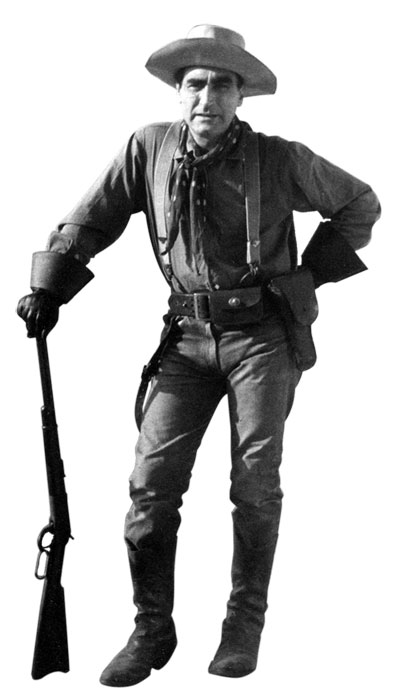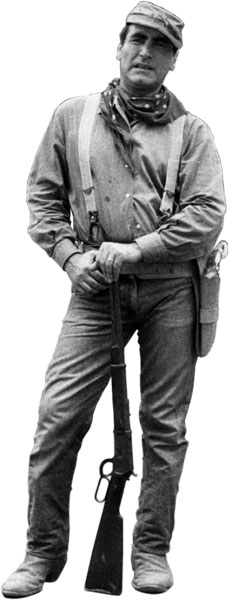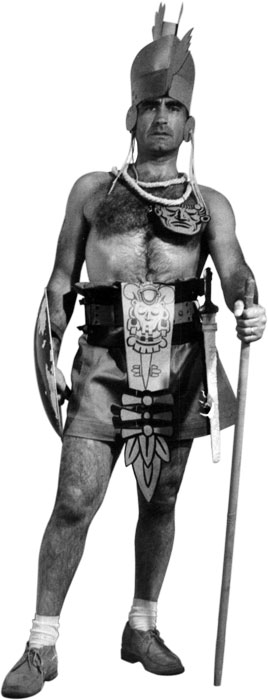|
|
 I dedicate this site to my friend Alberto Giolitti, be it because he was a great comic artist and because he was the teacher of many of the comic artists of today and not only those that were part of the “Studio Giolitti” in Rome. The intent of this site is to remember the man and his work for those who knew him, but also to introduce him to those who read his comics without knowing that he was the author of the drawings for he often did not sign his work.
I dedicate this site to my friend Alberto Giolitti, be it because he was a great comic artist and because he was the teacher of many of the comic artists of today and not only those that were part of the “Studio Giolitti” in Rome. The intent of this site is to remember the man and his work for those who knew him, but also to introduce him to those who read his comics without knowing that he was the author of the drawings for he often did not sign his work.
Those that knew him and would like to contribute to this site with drawings or anecdotes or any other information on his work and on his life that I do not have in my possession may do so. If you have drawings that you can scan or albums of comics you can email them in high resolution. This refers to both the originals and to printed volumes. Your contributions will help me to better complete this site.
I met Alberto in the mid 60’ while I was drawing episodes of “Mandrake” and “l’Uomo Mascherato” for “Fratelli Spada Editore”. He first discovered me and then asked me to work with him. I remember that encounter very well for it changed my life. I met him in Via Cutigliano in Rome and to crown our future collaboration he offered me a shot of whiskey. That was the first whiskey of my life, I was very young. I had been drawing American comics for several years and was inspired by the great Alex Raymond and Frank Robbins for different reasons. Alex was a pro at portraits and outlines and Frank a pro at chiaroscuro. During that period I purchased other American comic books on Via Veneto in Rome and also the Herald Tribune for its comic strips by John Prentice (Rip Kirby) as well as other artists. Among the books I bought were some that I particularly liked, but they were not signed, for example, “Turok, son of Stone”. This character I particularly liked for it was drawn in a different and new way. The characters were beautifully and particularly detailed and the landscape had great detail as well. Imagine how surprised I was to learn that the artist was Alberto Giolitti himself.
 Even after having met him, one day I happened upon Western Comics printed several years prior in a style very similar to the style found in “Turok”. These were “Gunsmoke” and the other was called “Have gun, will travel”. I immediately showed them to Alberto and asked if he had drawn them. He answered “Yes, they are mine, I drew them while in the States” and pulled out of his closet various comic books of various types all drawn by him while in the United States. It was in that precise moment that I understood exactly who Alberto Giolitti was.
Even after having met him, one day I happened upon Western Comics printed several years prior in a style very similar to the style found in “Turok”. These were “Gunsmoke” and the other was called “Have gun, will travel”. I immediately showed them to Alberto and asked if he had drawn them. He answered “Yes, they are mine, I drew them while in the States” and pulled out of his closet various comic books of various types all drawn by him while in the United States. It was in that precise moment that I understood exactly who Alberto Giolitti was.
Besides his work for the United States, Alberto had created an editorial agency called “Studio Giolitti”. The team of artists working for him kept growing as well as the screen players to whom he assigned various jobs abroad. He was always ready to offer advice and professional suggestions, all very valuable. When I met Alberto was working for Germany, (Bastei Verlag, Moewig Verlag, Pabel Verlag) and the then secretary, Christy, was his contact person. Both Alberto and Joan, his blond and witty wife, were the contact person for IPC Fleetway of England as well as for the United States, Dell Publishing Co. alias Western Publishing.
The first work I did for Alberto were the “FBI” stories (Moewig Verlag), “Lasso” and “Buffalo Bill” (Bastei Verlag). A few years later, Alberto offered me the job with Fleetway (practically a type of a promotion), and so I drew war stories and then later sport characters.
I was even more impressed with his when Alberto called me over to his studio and showed me some objects that had just arrived: there was a box with a model space ship, the Enterprise, and other science fiction objects.
«Angelo, you have to help me – he said – you have to assemble this model…».
«What is it?».
«The Star Trek spaceship. Assemble it…». Alberto also knew my hobby was assembling models and how I loved it. Alberto had been drawing the Star Trek comic books for years, which were the take off on the very popular television series in the States since 1966. He had been drawing these comics without having seen a single show, just with the pictures that the editor had sent him, among them one publicity still of the Enterprise. Now, the models had arrived thanks to Wolfgang Fuchs, comic historian and fan, who, after having met Alberto in Munich, had bought the models and sent them to Rome so Alberto would be able to show the Enterprise from all angles.
But Alberto said even more. He needed me to help him draw “Star Trek”. He wanted me to draw it in pencil and he would have redone it in ink. I took pictures of the Enterprise model from every angle and went even further. From the pictures that Alberto had given me, I created the model of the inside of the circular command station so that I could take a picture from every angle to be drawn in order to cover all the action places.
Later Alberto asked me to do the pencil work of “Turok”. In regards to Turok, you might have noticed that in the volume N 31 comic strips are not framed by the black line but only by the color. I asked why this difference. He answered that he always framed the drawings at the end before mailing them and that this time he had forgotten and mailed them incomplete to the US without the frame.
Keep in mind that when we drew in pencil the comic strips were already framed with the blue line, but because in the printing the blue disappeared, it was necessary to redo the frame line in black. The use of the color blue allowed us to frame the balloon with blue without it showing up in the print. Only whatever was traced in black by the calligrapher remained. This way it was possible to sketch notes, indicative arrows or anything else. Everything would disappear in the printed version.
When Alberto’s incomplete work reached the States, the editor thought that Alberto had come up without another one of his technics and liked it.
For fear that the reader not like the missing frame, the following drawings were made with the black frame. But, since the reader liked he new version from n. 41 on Turok was drawn without the black frame.
It was not only for Turok. For example, we ended up by not framing in black for Star Trek, for he King Kong books and the others that followed.
 As was the habit of most of the American comic artists, Alberto wanted to prepare a story in this manner: he first designed the sketches in every page in order to decide ahead of time the framed work of every single comic strip (if in the foreground, with depth, point of view of the characters, etc.). Then he took pictures of himself and his friends dressed like the characters of the strip required, posing and illuminated according to the sketches prepared ahead of time. Those pictures were a guideline for the final draft of the drawing. Regarding the background of the objects designed in the comic strips, Alberto owned an enormous archive that he had brought from the States. He had photographs, books, magazines and objects that he had accumulated in many years. He also had models of real weapons and a beautiful western saddle.
As was the habit of most of the American comic artists, Alberto wanted to prepare a story in this manner: he first designed the sketches in every page in order to decide ahead of time the framed work of every single comic strip (if in the foreground, with depth, point of view of the characters, etc.). Then he took pictures of himself and his friends dressed like the characters of the strip required, posing and illuminated according to the sketches prepared ahead of time. Those pictures were a guideline for the final draft of the drawing. Regarding the background of the objects designed in the comic strips, Alberto owned an enormous archive that he had brought from the States. He had photographs, books, magazines and objects that he had accumulated in many years. He also had models of real weapons and a beautiful western saddle.
This method of working, demonstrated in Jack Lemmon’s film (“How to murder your wife”, 1965) in which the great actor personifies a comic artist, contaminated many of us, myself included, so that we adopted it totally.
For example, the character Turok was Alberto himself, and guess who posed for the young Andar? His little son. And for the various women that appeared in the story? Joan, his wife. Other characters were his friends, me included.
However, doing the pencil drawing of Star Trek and Turok game me the opportunity of getting to know Alberto better and to create a tighter friendship with him. I also starter to spend time at his house in EUR where he lived with Joan, his wife and two children, and then also in Santa Marinella, which is a beach resort near Rome, when he later went to live there with Nicole, whom he had married after Joan had passed away.
Ours was a long lasting and consolidated friendship that also gave me the possibility of traveling with him and also go sailing with him. He loved sailing. Even after I moved to Taranto, in the south of Italy, and got married I returned often to Rome to see Alberto and his wife and would stay at his house. I continued to work for the Studio Giolitti until the end.
His death was premature and a great shock to all.
Thank you, Alberto, for your friendship and what you gave me and what I learned from you.
Angelo R. Todaro
|
|
|
|